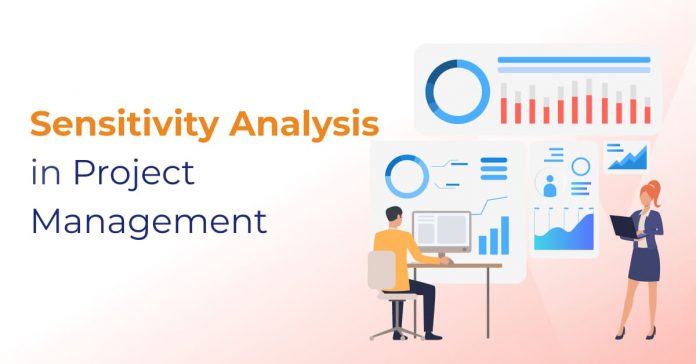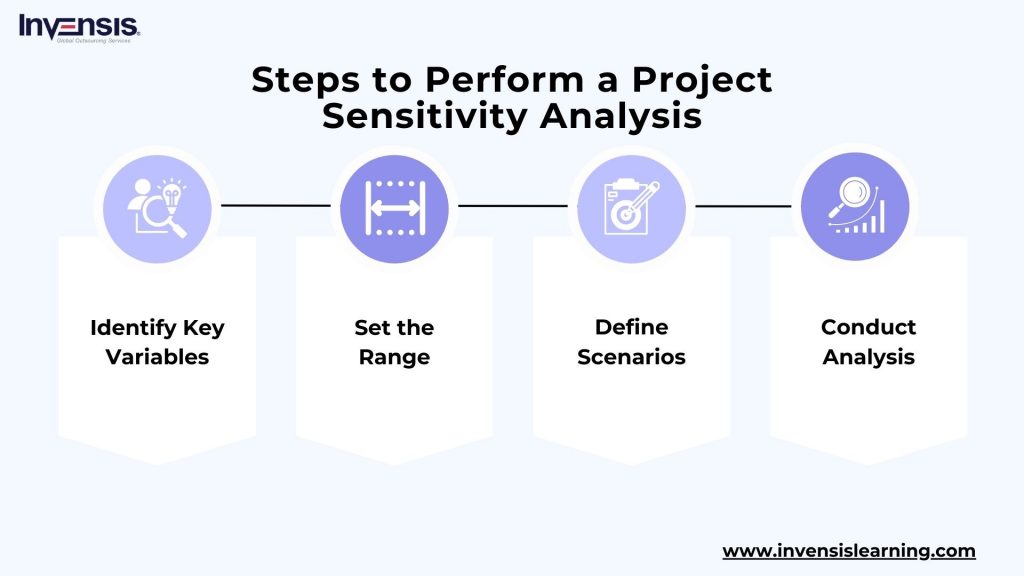
Introduction
Do you ever feel like your project is balancing on the edge of uncertainty? Tight budgets, shifting deadlines, and inadequate resources constantly impact even the most thoroughly planned project. But there’s a powerful tool at your disposal: sensitivity analysis.
Think of it as a stress test for your project. By analyzing how key variables – like costs, timelines, and team availability – might fluctuate, you can anticipate potential problems before they become roadblocks.
This blog will equip you to identify project vulnerabilities, conduct a sensitivity analysis, and leverage those insights to make informed decisions that keep your project flowing smoothly toward success.
Table of Contents
- What is Project Sensitivity?
- Sensitivity Analysis in Project Management
- Sensitivity Analysis vs Cost Benefit Analysis
- Example of Project Sensitivity Analysis
- How to Perform a Project Sensitivity Analysis?
- Conclusion
What is Project Sensitivity?
Project sensitivity includes a comprehensive assessment to evaluate the possibility of project success by utilizing data-driven forecasting techniques. It involves identifying potential risks, quantifying their impact, and distinguishing between high-risk and low-risk tasks.
This evaluation of project sensitivity typically involves both qualitative analysis and quantitative calculations. It incorporates factors such as average task durations derived from historical data, projected durations based on hypothetical scenarios, and an aggregate task duration derived from both sets of projections.
While project sensitivity assesses the project, individual phases or components, such as project schedules, may undergo sensitivity analysis.
The primary objective of project sensitivity analysis is to inform decision-making by selecting the most suitable approach or solution to address the project’s key challenges based on their respective impacts.
Sensitivity Analysis in Project Management
Sensitivity analysis in project management refers to systematically evaluating how changes in specific variables or factors impact project outcomes. It involves assessing the sensitivity of key project parameters, such as costs, timelines, and resource allocation, to variations in these factors.
By conducting sensitivity analysis, project managers can gain insights into which factors significantly influence project success and how different scenarios may affect project performance. This enables them to anticipate risks, identify potential opportunities, and make informed decisions to optimize project outcomes.
Sensitivity analysis typically involves modeling various scenarios to simulate different conditions and assess their potential impact on the project. It helps project managers proactively manage risks, allocate resources effectively, and develop contingency plans to address potential challenges.
Overall, sensitivity analysis is a valuable tool in project management for enhancing decision-making and mitigating uncertainties.
Sensitivity Analysis vs Cost Benefit Analysis
Sensitivity analysis and cost-benefit analysis represent two fundamental methodologies within project management. Each offers unique perspectives and contributes significantly to decision-making processes.
Sensitivity analysis serves as a proactive risk management tool, focusing on evaluating the sensitivity of project outcomes to changes in specific variables or factors.
By monitoring elements such as costs, timelines, or resource availability, sensitivity analysis enables project managers to anticipate potential risks and uncertainties, thereby facilitating informed decision-making and effective risk mitigation strategies.
On the other hand, cost-benefit analysis provides a comprehensive framework for evaluating a project’s economic feasibility and viability. This methodology involves assessing the costs incurred and the benefits of implementing a project over its lifecycle.
By quantifying the financial implications of project investments and comparing them against the expected returns, cost-benefit analysis assists decision-makers in identifying projects that offer the highest potential for value creation.
Example of Project Sensitivity Analysis
Let’s put theory into practice! We’ve discussed how project sensitivity analysis helps you identify potential roadblocks and make informed decisions. Now, let’s see it in action with a real-world example.
Website Launch and Marketing Budget Sensitivity
Let’s say you’re launching a new e-commerce website and have created a detailed project plan with a budget of $10,000 for marketing activities to promote the launch.
Here’s how you could conduct a project sensitivity analysis for this marketing budget:
Identify Factors
First, you identify the factors that could impact the effectiveness of your marketing campaign. Examples might be:
- Cost per Click (CPC) for Ads: You pay each time someone clicks on your online advertisement
- Social Media Reach: What is the organic reach of your social media posts (without paid promotion)?
- Conversion Rate: The percentage of website visitors who make a purchase
Define Scenarios
Next, you define different scenarios for each factor. For example:
- Increased CPC: What if the cost per click for your ads goes up by 20%?
- Lower Social Media Reach: What if your social media reach drops by 10%?
- Decreased Conversion Rate: What if the percentage of website visitors who buy something falls by 5%?
Analyze Impact
Now, analyze how these changes might affect your marketing reach and, ultimately, your sales. You could use spreadsheets or project management software to model different scenarios and see how they impact your overall budget and projected sales.
Potential Outcomes
By analyzing these scenarios, you might discover that:
- A significant increase in CPC could eat up most of your budget quickly, limiting your reach
- A lower social media reach might necessitate allocating more funds to paid advertising
- A slight decrease in conversion rate might be manageable, but a larger drop would require revisiting your marketing strategy or website optimization
How to Perform a Project Sensitivity Analysis?
Performing a project sensitivity analysis involves several steps to assess the impact of changes in variables on project outcomes:
- Identify Key Variables: Determine the key variables or factors that could influence project success, such as costs, timelines, resource availability, or market conditions
- Set the Range: Define realistic upper and lower bounds for each variable based on historical data or industry standards. This ensures the analysis includes possible variations in project conditions
- Define Scenarios: Develop different scenarios or conditions representing potential changes in these variables. For example, consider scenarios where costs increase, timelines extend, or resource availability fluctuates
- Conduct Analysis: Apply mathematical models or simulation techniques to analyze how variations in variables affect project performance. Calculate the sensitivity of key project parameters to changes in each variable
Conclusion
Sensitivity analysis in project management serves as a vital tool for assessing the impact of uncertainties on project outcomes, offering valuable insights into potential risks and opportunities.
By systematically evaluating the sensitivity of key project variables to changes in assumptions or inputs, project managers can make informed decisions, develop strong mitigation strategies, and optimize resource allocation.
Ultimately, sensitivity analysis empowers project teams to navigate complexity, enhance resilience, and drive successful project delivery in dynamic and uncertain environments.
Ready to Master Project Sensitivity Analysis and Take Your Project Management Skills to the Next Level?
Understanding project sensitivity is a powerful tool for any project manager. But there’s so much more to discover! Invensis Learning offers a comprehensive suite of Project Management Certification Courses designed to equip you with the knowledge and skills to excel in your field.















